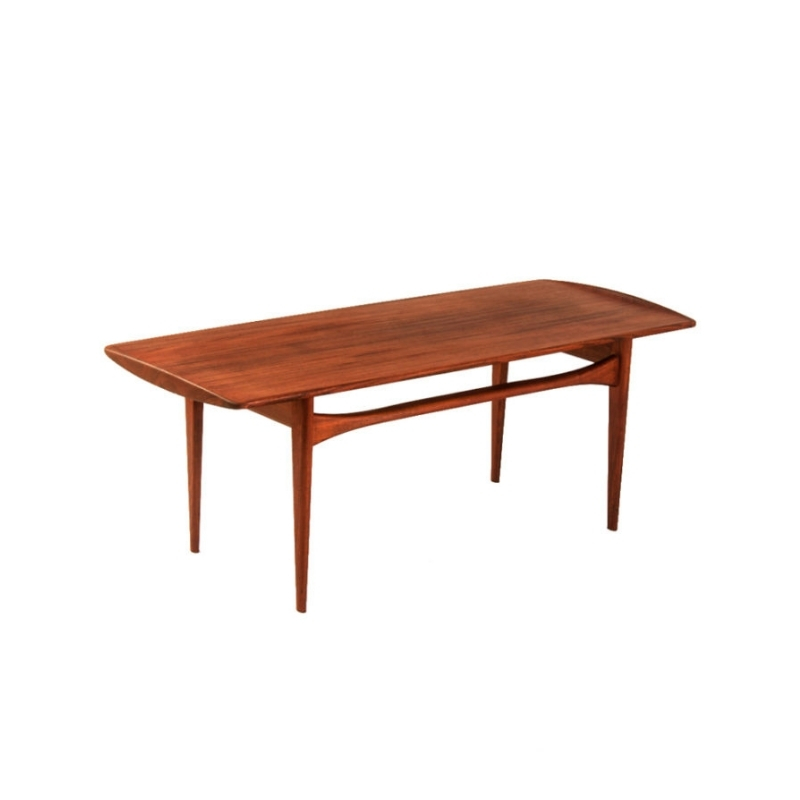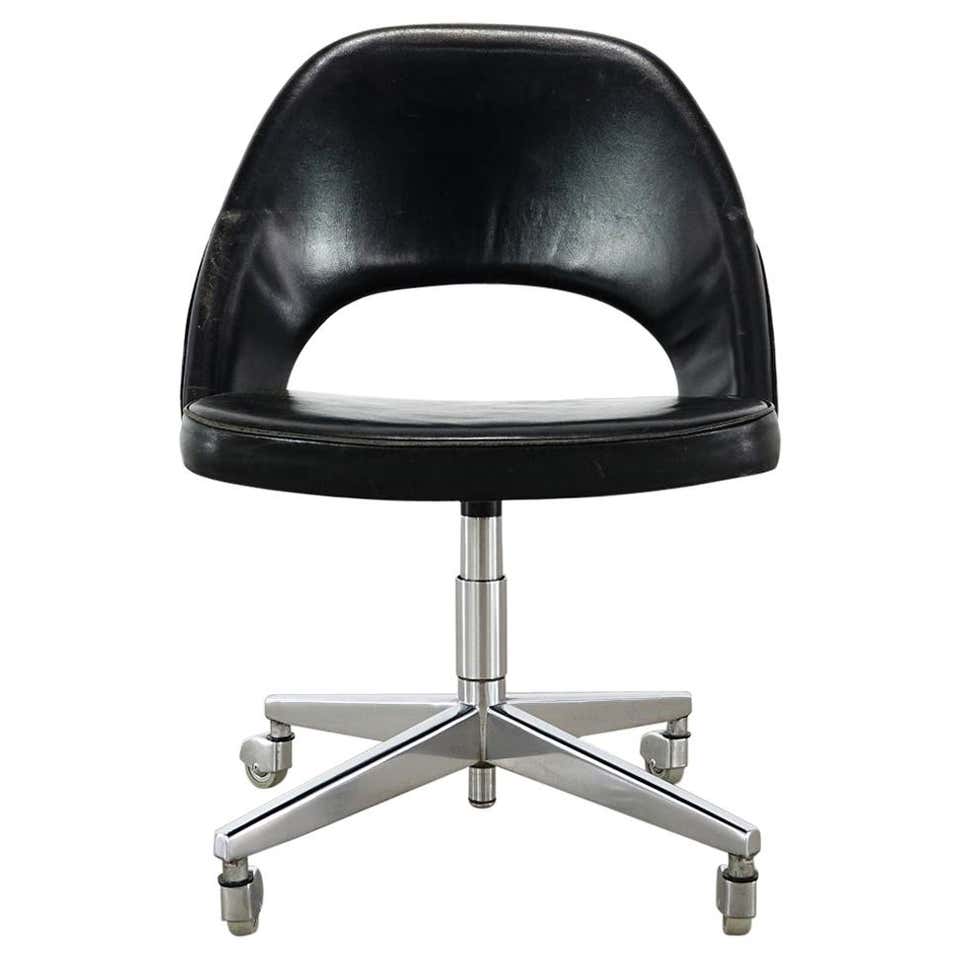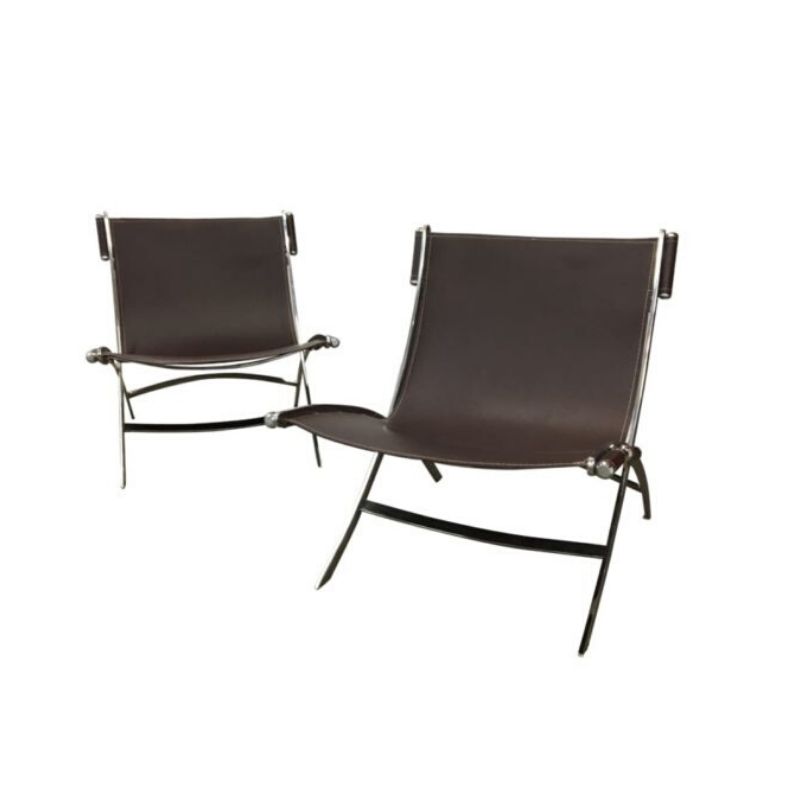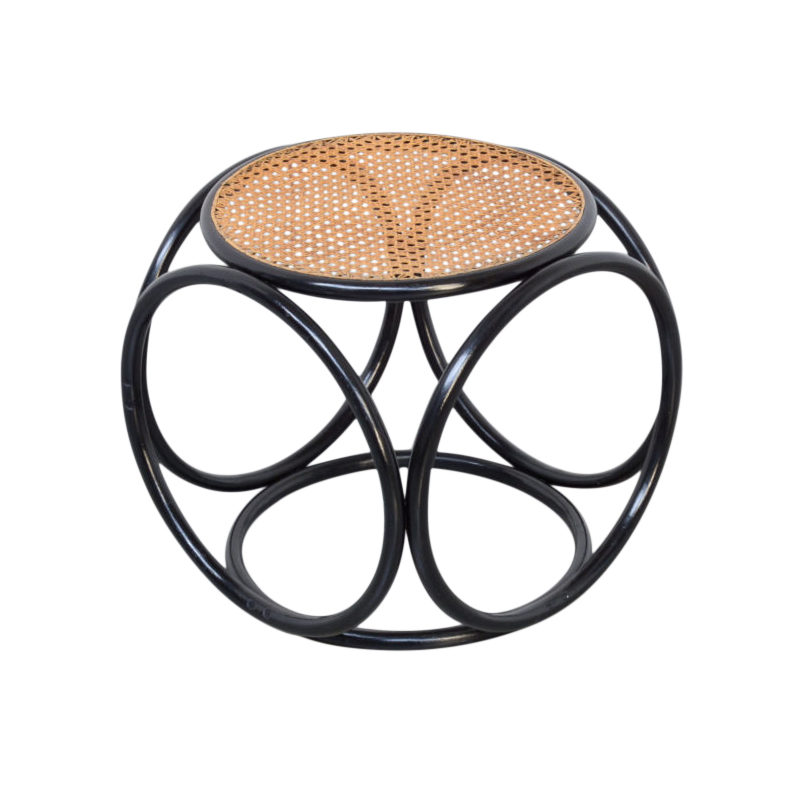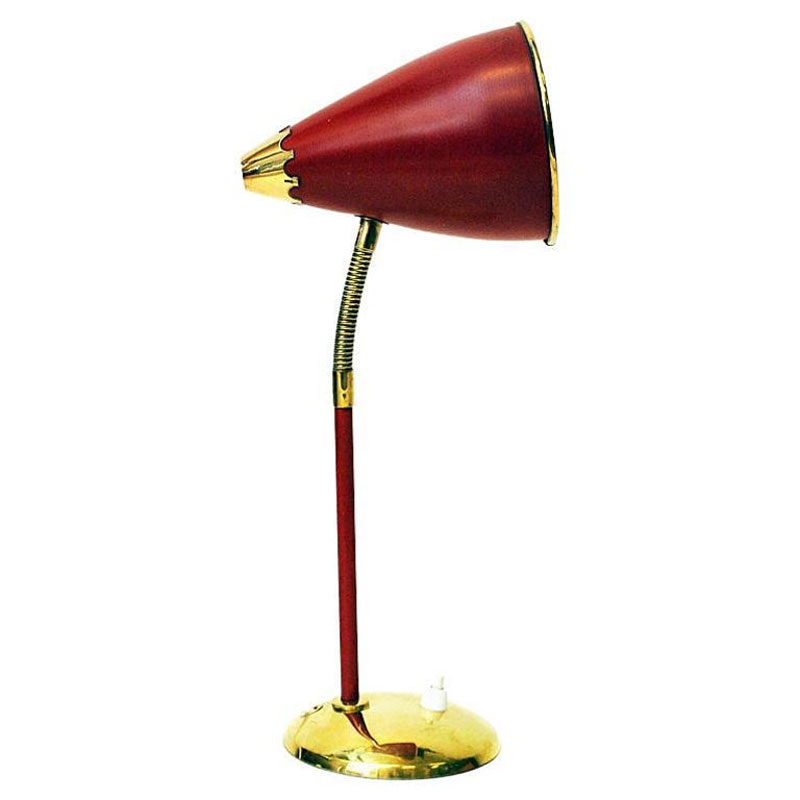...making watches? Like Swiss Rado for example.
Hmmmm....
Koen will have to say for sure, but I will hazard best guesses...
1. Raw materials are dirt cheap (pun intended), because they are widely distributed across most continents.
2. Energy inputs applied to ceramic raw materials, both in extraction, and processing, are drastically less than those required for metals.
3. Ceramics--at least certain kinds--dissipate heat readily.Ceramic tiles of a special kind are used on the belly of the Space Shuttle to dissipate heat on re-entry. Ceramic brakes are now used on most big time racing cars and have migrated onto quite a few high end production sports cars.
4. They don't rust like metal.
5. They don't succumb to electrolysis and oxidization when in contact with electric current and/or salt.
6. Their coloration and texture is intrinsic to the materials and so painting, or other kinds of surface protection is not necessary in recurring maintenance.
The main disadvantage of ceramics is brittleness and fragility. They pose a similar problem that something high tech like carbon fiber does. When they fail, the failure is catastrophic.
Someday there will likely be an enormous breakthrough in materials science. Some researcher is going to find a way to make ceramics that do not fail catastrophically. It will be something like when safety glass was devised for cars that spidered rather than shattered like old glass. So far, though, I haven't heard of such a break through. But when the happens, it will drastically increase the range of applications of ceramics.
And, yes, ceramic furniture would be ideal for and sweep the Middle East by storm.
Go for it!
Benefits
Benefits of a ceramic watch case (I'm thinking sintered zirconium oxide, not the rustic pottery that dcwilson is imagining):
1. It looks good.
2. It's rare and new and therefore interesting.
3. It's VERY hard -- won't scratch or dent.
4. It's lighter than a metal case.
5. It can be made in lots of colors.
6. It requires specialized skills and tools to manufacture; you can learn all about that and then you'll have a story to tell people when they ask about your new watch.
7. It'll withstand EXTREMELY high temperatures (melting point is somewhere in the neighborhood of 2500 degrees C), so if you fall into the mouth of a volcano, your watch will survive.
Disadvantages:
1. It's not as tough as the metals that are traditionally used for watch cases. Although it's not VERY fragile, a sufficiently-sharp impact will crack it.
2. It's expensive.
Casio uses carbon fiber in...
...some G-Shock watches.
Is it comfortable material?
http://www.gshock.com
If you need any help, please contact us at – info@designaddict.com



